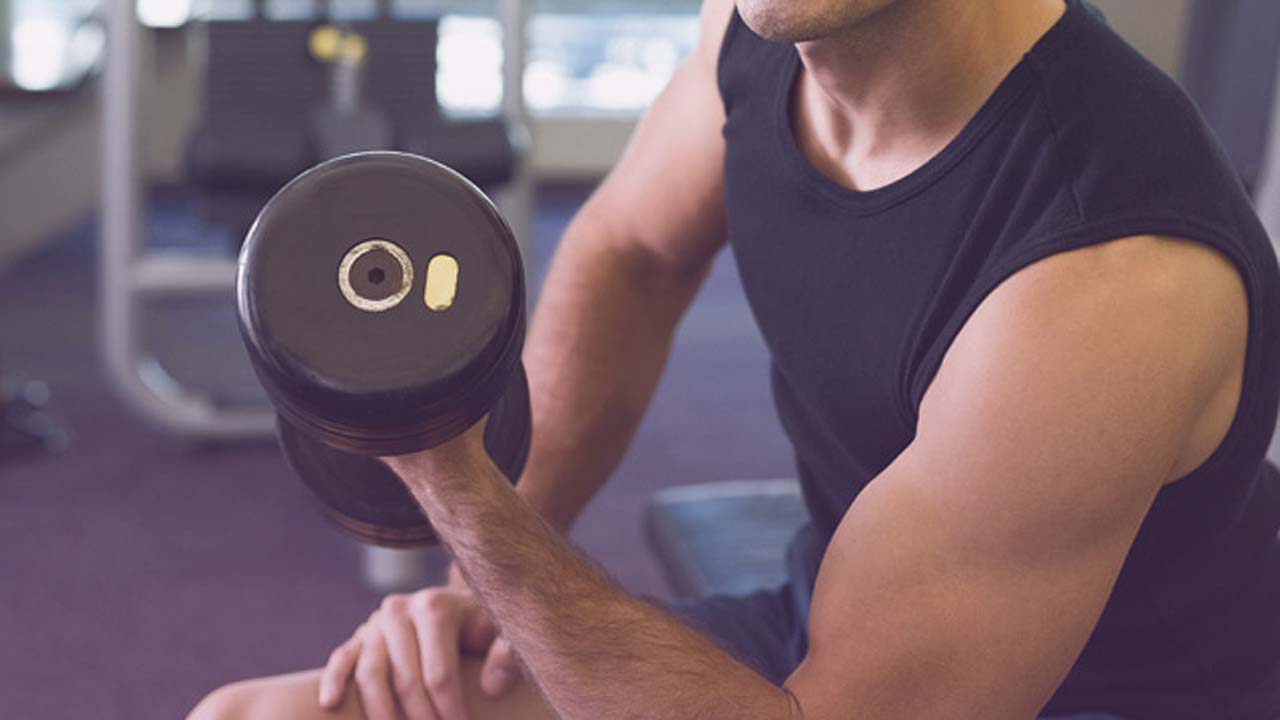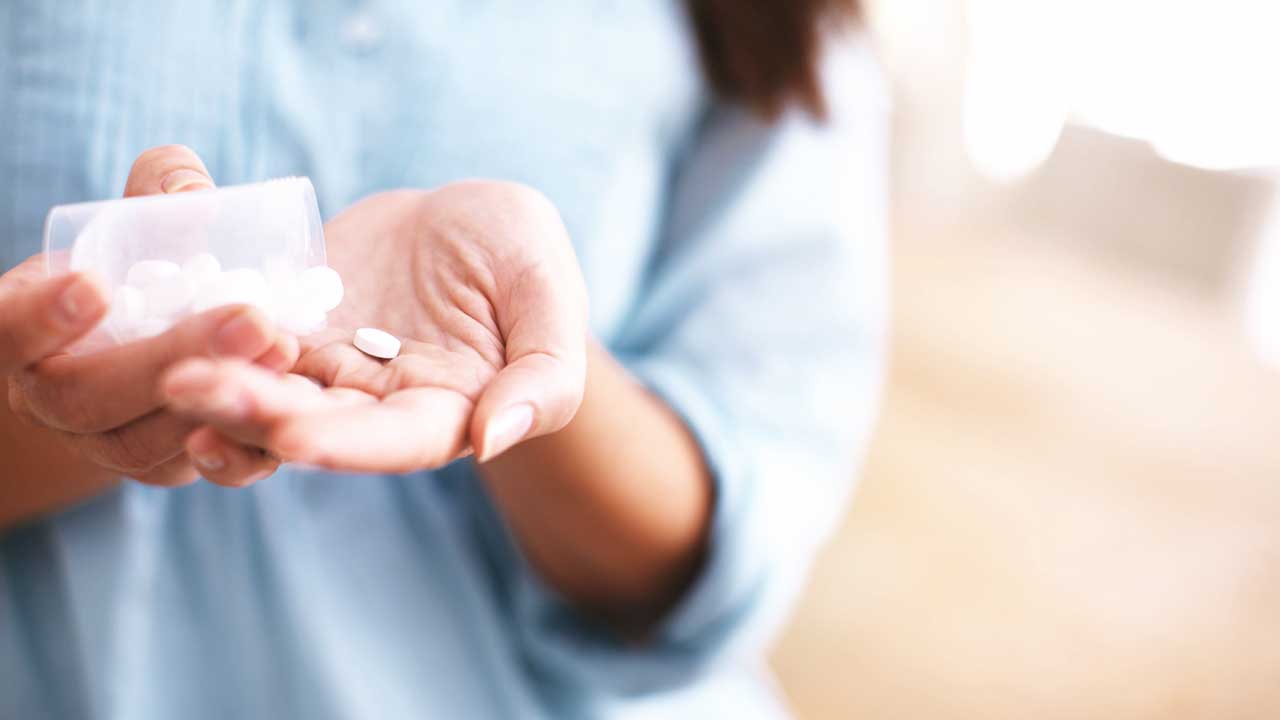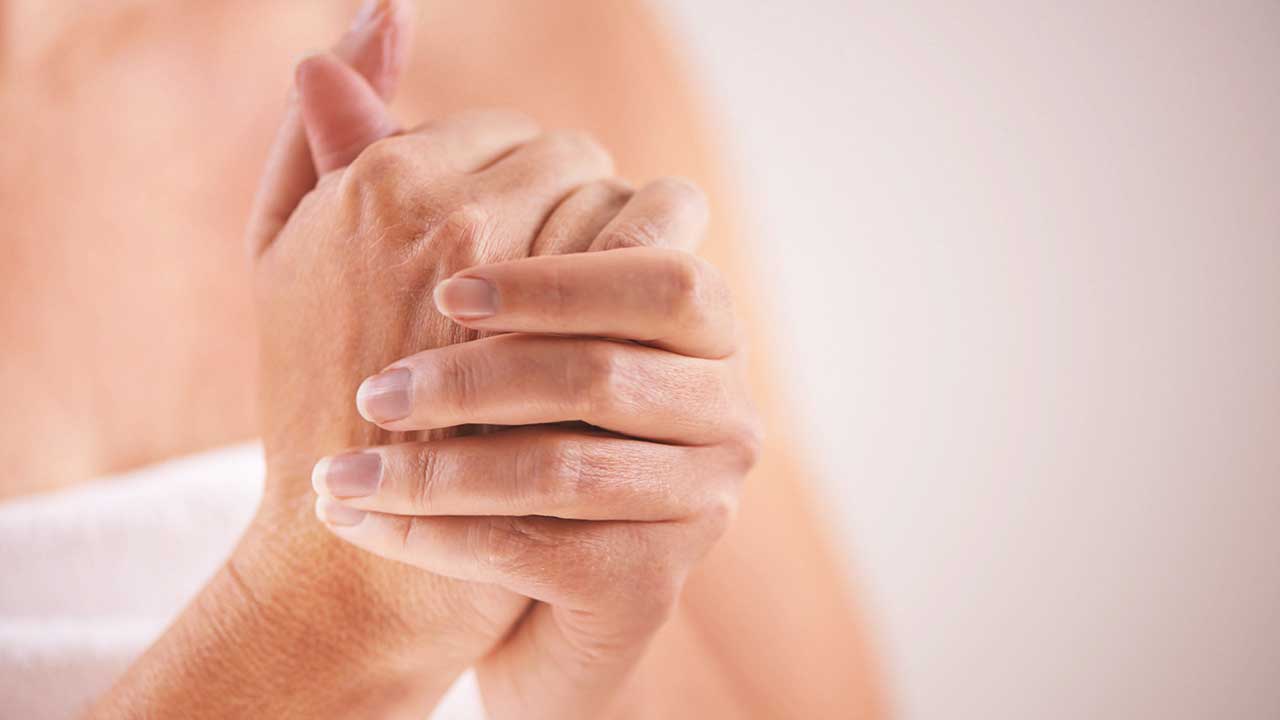
Psoriatic arthritis and exercise
Psoriatic arthritis (PsA) is a form of arthritis that occurs in some people who have psoriasis. Psoriasis is a skin condition that causes patches of red, scaly skin. PsA causes the same type of arthritis symptoms as other forms of arthritis, including:
- joint inflammation
- joint pain
- joint stiffness
Exercise is a great way to combat pain and stiffness. Although it's difficult to imagine exercising when you're in pain, doing some sort of exercise will help. It doesn't have to be strenuous, and you certainly don't want to do anything that will aggravate your symptoms. High-impact exercises add stress to your joints, but simple, low-impact exercises can improve movement and ease stiffness.
Regular physical activity can also help lower stress and enhance your sense of well-being. The key is to be mindful of your exercise routine and to listen to your body's signals.
Types of exercise
Exercise shouldn't cause sharp pains or additional swelling. If it does, or if you're not already exercising, play it safe. Discuss your options with a doctor or physical therapist that is familiar with your unique medical history. Ask for recommendations regarding fitness classes and activities in your community.
Like a good diet, exercise should be a long-term lifestyle choice. Don't set yourself up for trouble by taking on too much exercise or setting lofty goals. Start with something simple and build slowly.
1. Warming up
Warming up before any type of exercise can prevent both pain and injury. It is particularly important when any type of arthritis is a pre-existing condition.
Stretching is an important part of warming up, and can protect both muscles and joints. Stretches can involve holding a position for 15 to 30 seconds. It can also involve dynamic stretching, which is active and keeps your body in motion while stretching (like hip circles).
For patients with psoriatic arthritis, focus on stretches that don't put high impact on joints that are bothering you most, but make sure to stretch problem areas to avoid further pain and injury.
Not only can stretching help you prevent injury, it can enhance your performance and the results you get from your workout.
2. Walking
Walking is a tried and true low-impact exercise. If arthritis affects your feet, make sure you wear shoes that fit properly and don't pinch your toes. You also can get special insoles for added protection.
Take a 20-minute walk each day or add short walks in wherever you can. Here are some suggestions:
- Choose the farthest parking space and walk the extra distance.
- Get up and walk around your home or yard several times a day.
- Take the long way and add in a few more steps whenever possible.
- Walk around the block or use a treadmill.
As you walk, pay attention to how you move your joints. Add in a few extra motions wherever you can. Move affected joints to their full potential several times a day.
3. Weights
Strong muscles help support your arthritic joints, and weight training can help keep your muscles strong and healthy. You should only do strengthening exercises every other day.
If you're currently experiencing pain from the arthritis, use isometric exercises to strengthen your muscles by tensing them without moving joints.
Examples of weight training that are beneficial for psoriatic arthritis include:
- holding a 5-pound weight straight out from your body at arm's length
- deadlifts of weights that you can handle
- squats and lunges
- Pilates
Back off from strength training for a few days if you develop swelling or pain. Check with your doctor before resuming if it continues to cause a problem.
4. Aerobics
Whether or not you have arthritis, aerobic exercise is good for your heart. It improves general health and raises energy levels. Aerobic exercise also helps with weight control, which in turn, helps ease pressure on joints.
There are lots of fun ways to get aerobic exercise, such as:
- brisk walking
- biking
- swimming
- using the elliptical machines
- water aerobics
- tai chi
- using the rowing machine
If you haven't been active recently, start slowly. Gradually increase your speed and workout time until you're doing it for about 20 to 30 minutes, three times a week. If your joints can't handle that length of time, break it up into 10-minute segments throughout the day.
5. Swimming
Another fun way to get some exercise is to hit the pool. Swimming exercises some of your joints and provides aerobic activity. Water provides support for your hardworking joints, and it's easier to do leg and arm exercises in the pool. Also, a heated pool can relieve joint pain and muscle stiffness.
Examples of exercises made easier in the water include:
- Forward arm reaches. Raise one or both arms upward as high as possible, beginning with the arms submerged in water.
- Arm circles. Make circles with your arms under water.
- Leg swings. Holding the pool wall for balance if necessary, swing your leg up in front of you and then back behind you.
For most people with PsA, the pool doesn't aggravate skin problems. However, you may want to apply moisturizing lotion after swimming to ease skin dryness.
6. Cool down
Cooling down after an exercise session can help prevent pain and injury, just as warming up can. Again, stretching can be beneficial during the cool down period. Stretching can help keep you limber, preventing tightness that can lead to injuries after a workout. Examples of good cooling down stretches include:
- Lie on your back and straighten one leg above you to stretch your hamstrings.
- Standing straight, lace your fingers behind your back, straightening your arms and lifting your chin to the ceiling.
- Pull your left heel to your left glute. Then, switch legs.
Other therapies
Complementary therapies like yoga and tai chi help promote the mind-body connection. Slow, gentle movements can improve balance and coordination. The concentration and deep breathing techniques associated with yoga can help ease stress. These practices are usually performed in a group setting, which can also keep you motivated.
Your doctor or rheumatologist can also recommend over-the-counter or prescription anti-inflammatory medications and topical creams. Some complementary practices like acupuncture and meditation may help reduce stress and promote relaxation.
When exercise hurts
Whatever your activity of choice is, there may be times when you're just not up to it. Perhaps some of your joints are acting up, making it impossible to perform your usual routine. Forcing inflamed joints into action may result in an even worse flare-up.
For these instances, it's good to have a plan B that includes a less rigid exercise routine. For example, if your hands need a break, you can still walk or exercise in the pool. If your toes hurt, you can still exercise your arms and shoulders.
As for those aches and pains, an ice pack can help reduce the swelling of the joints. Some tips include:
- Apply one for 10 minutes every couple of hours, but don't put ice directly on your skin.
- Use an ice pack wrapped in a towel.
- You should allow for at least one hour between ice packs.
If you find that icing makes the arthritis worse, you can consult your doctor for other recommendations.
Pain that lasts more than a few hours after exercise can indicate that you're pushing too hard. Take it easier next time while you work up to a more strenuous workout.
Muscle soreness will be most prevalent when you first start a new type of exercise. While it will decrease as time goes on, some soreness when exercising is normal. Sometimes it will take 24 to 48 hours to feel sore, which is normal, too.
The takeaway
The bottom line is that movement is good for you. Choose exercises that are easy on the joints. Most importantly, choose activities you enjoy, so you're more likely to stick with them.
If you have moderate to severe joint pain while exercising, stop immediately. This could be a sign of inflammation in the joint, which can cause joint damage.
If you're experiencing persistent moderate pain that doesn't subside 24 hours after showing up and home treatment, consult your doctor to make sure there's no joint damage.
Read more in Moderate to Severe Psoriatic Arthritis Pain Resources


